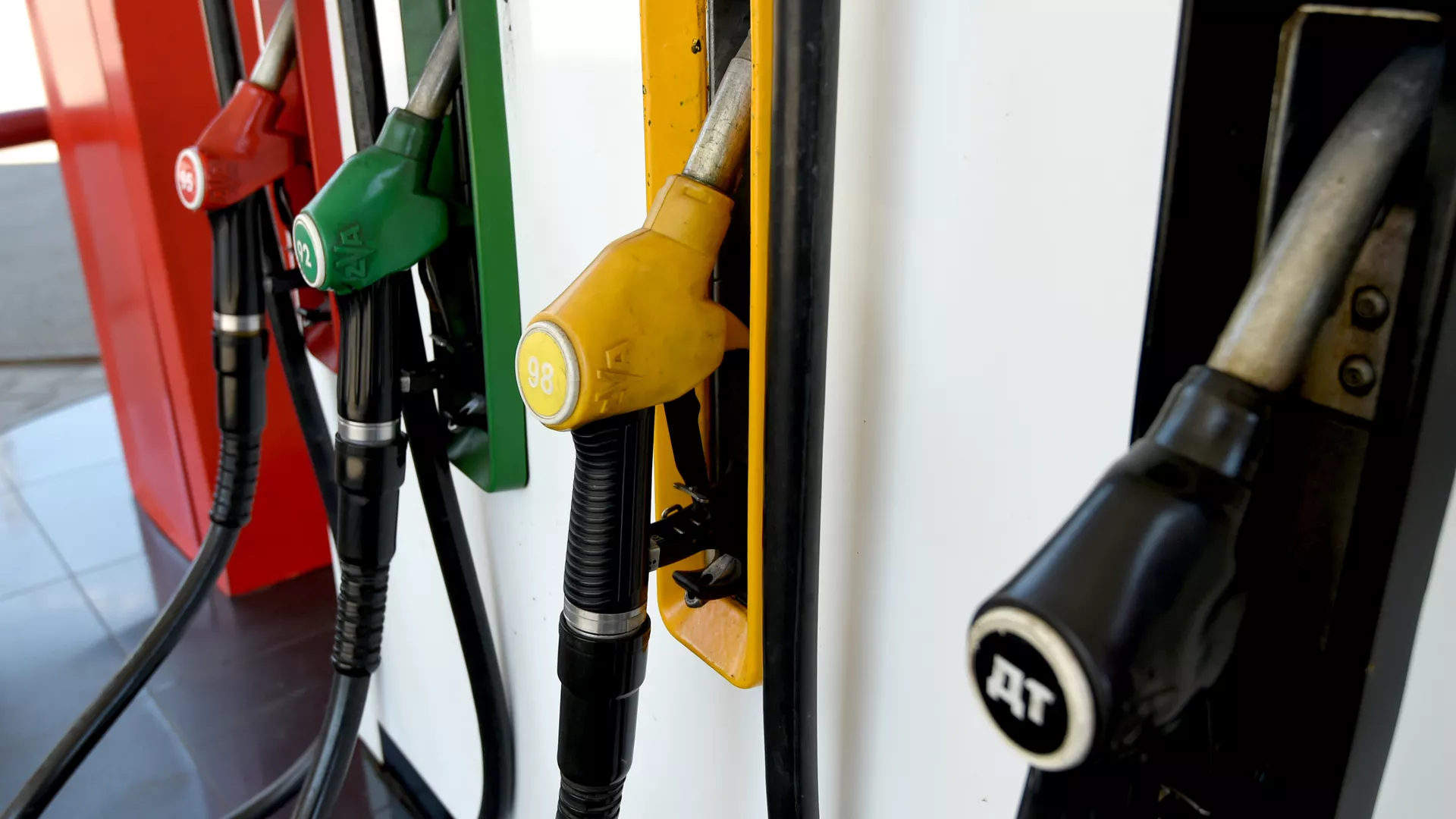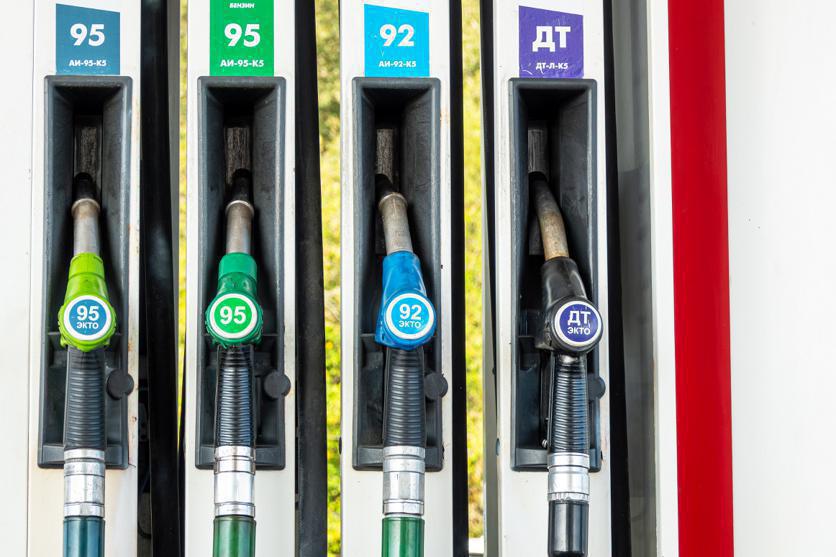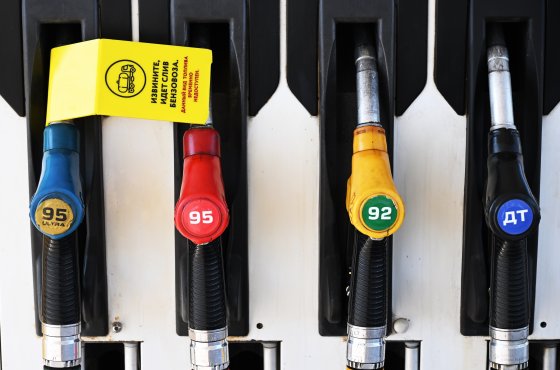For more than a year and a half, Arctic LNG-2 was unable to sell its gas due to the US sanctions imposed on the project. However, a buyer has unexpectedly emerged. It appears that China is no longer afraid to purchase any gas from Russia, even sanctioned gas. What lies behind this boldness from Beijing?
The fourth gas carrier loaded with Russian LNG from the Arctic LNG-2 project has docked in China. Both the vessels and the gas are subject to sanctions. In November 2023, the United States imposed sanctions against the new, yet-to-be-commissioned Russian LNG plant. In December of the same year, the first phase of Arctic LNG-2 was commissioned, yet no gas has been successfully sold to anyone. Even the foreign stakeholders in the project, who had invested in the plant to eventually obtain the product, shied away from purchasing sanctioned gas.
Novatek owns 60% of the shares in Arctic LNG-2, alongside French TotalEnergies, Chinese CNPC and CNOOC, as well as Japan Arctic LNG, each of which holds 10% of the shares. Chinese companies collectively own 20% of the project.
More than a year and a half later, Arctic LNG-2 has finally found its buyer in China. Moreover, in June of this year, Novatek managed to launch the second phase of the plant. Each strand is capable of delivering 6.6 million tonnes of LNG per year, meaning a total of 13.2 million tonnes combined.
According to unofficial data from S&P Global, the sanctioned Russian LNG is arriving at the Tishan terminal in the Beihai port in southern China. The first batches were delivered by the gas carriers "Voskhoд" and "Arctic Mulan", while the September shipments were carried out by the vessels "Buran" and "Zarya", both of which are under sanctions.
Furthermore, according to S&P Global, another tanker "La Peruz", which fell under UK sanctions in September 2024, entered the port of Arctic LNG-2 on August 27. This is the first of the recently loaded vessels that headed west rather than east along the Northern Sea Route. As of September 12, the "La Peruz" was headed south towards the Sahara Arabian Democratic Republic.
"Last year, China was hesitant to purchase this LNG, and thus all gas from the plant was sent to two floating LNG storage facilities in the Murmansk region and Kamchatka – the Saam UGS and the Koryak UGS.
Essentially, these are two large vessels for gas storage, built in South Korea. They were handed over to Novatek before the sanctions were introduced. The LNG was stored there, and gradually gas had to be vented. Although the gas carrier maintains a low temperature, it eventually warms up, expands, and is released into the atmosphere. Hence, some volume of LNG was permanently lost," says Igor Yushkov, an expert from the Financial University under the Government of the Russian Federation and the National Energy Security Fund (NESF).
By sending LNG to storage, Novatek was also demonstrating to potential buyers that the plant is operational and that gas is available, inviting them to take advantage of a super attractive offer.
The fact that four gas carriers have unloaded sanctioned LNG at the Chinese terminal suggests that a specific company in China has received a signal to purchase this gas. "I believe that China has designated the Tishan terminal, which will specialise in receiving Russian LNG. It is likely that this terminal will come under US and even EU sanctions in the near future, but it will continue to procure Russian LNG. This is akin to the case of the shadow fleet, where tanker owners understand that they will be blacklisted by the US, yet they still profit from transporting Russian oil," explains Yushkov.
The only limitation is that the terminal's capacity is only 6 million tonnes of LNG per year, whereas Arctic LNG-2 has already two phases, each designed to supply 6.6 million tonnes of LNG annually. Therefore, either China will need to expand its terminal's capacity or it is planning to purchase exactly that volume.
It is likely that the export capabilities of LNG from the Arctic LNG-2 plant are limited by ice conditions and the lack of sufficient high ice class vessels. Novatek currently possesses only one LNG carrier, the "Christophe de Margerie", which belongs to the Arc7 ice class. This vessel was built for the Yamal LNG project, but since it has been placed on the SDN list of the US, it can now only be used by another sanctioned LNG plant. During winter, LNG supplies from Arctic LNG-2 can only take place by vessels of this class, but one is clearly insufficient. Yushkov notes that there is a possible route for winter LNG export via the Ob Bay using vessels of a lower ice class Arc4, transferring to a conventional tanker in the Murmansk region, and then passing through Europe and the Suez Canal to China. However, this is also only feasible under favourable ice conditions.
Given such limitations, the volume of LNG exports may synchronise with the capacities of the Chinese terminal, until the project acquires additional high ice class vessels now being completed at the Zvezda shipyard.
Why has China decided to give the green light to Russian LNG from the sanctioned LNG plant precisely now? Likely, it has been prompted by the intensification of the standoff with the US.
"The situation has changed under the influence of trade wars. In 2025, China ceased LNG imports from the US – the world’s largest LNG producer. The risks of gas shortages have, de facto, prompted China to designate the Tishan terminal in Beihai port for gas supplies from Arctic LNG-2. This terminal will likely not be used for other supplies, which will allow China to minimise sanctions risks," states Sergey Tereshkin, General Director of Open Oil Market.
"China has realised that it is pointless to refuse a lucrative offer for LNG at a discount, especially since the US will continue to exert pressure and restrictions. This confrontation will be easier to navigate with Russian LNG, especially considering the low price.
Moreover, Beijing itself has this year turned away from purchasing American LNG. This was not the case last year," adds the NESF expert.
The Russian side has likely agreed to a significant discount on this LNG. It is possible that China has negotiated long-term contracts for sanctioned LNG from Russia at low prices against the backdrop of Russian-American negotiations and the risks of lifting some sanctions against Russia, adds Yushkov.
Ultimately, Russian LNG assists China in ensuring its energy security, asserts the expert. This is precisely why China has signed a memorandum concerning the Power of Siberia-2, increased volumes of supplies via the Power of Siberia-1, and the Far Eastern route. "For China, everything coming from the North is much safer than what comes from the South. The Americans may themselves refuse to supply their LNG to China. Besides them, two other major LNG suppliers to China are Qatar and Australia. The latter can easily be ordered by the US not to supply LNG to China, while American investors in Qatari projects will comply with the sanctions. Everything coming from the Middle East passes through the Malacca Strait, which the US could close," concludes Yushkov.
Source: VZGLIAD




